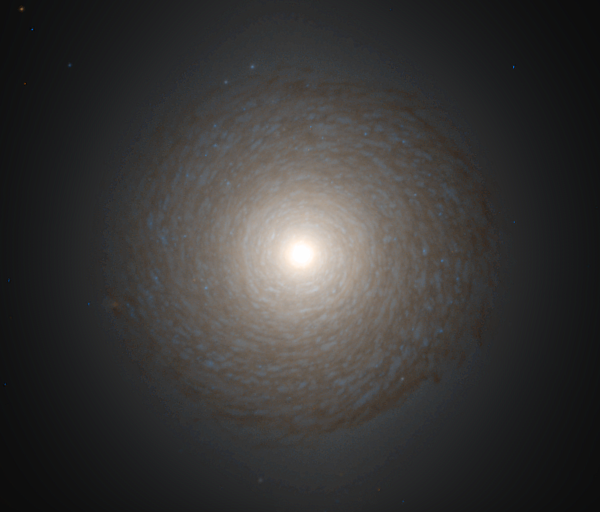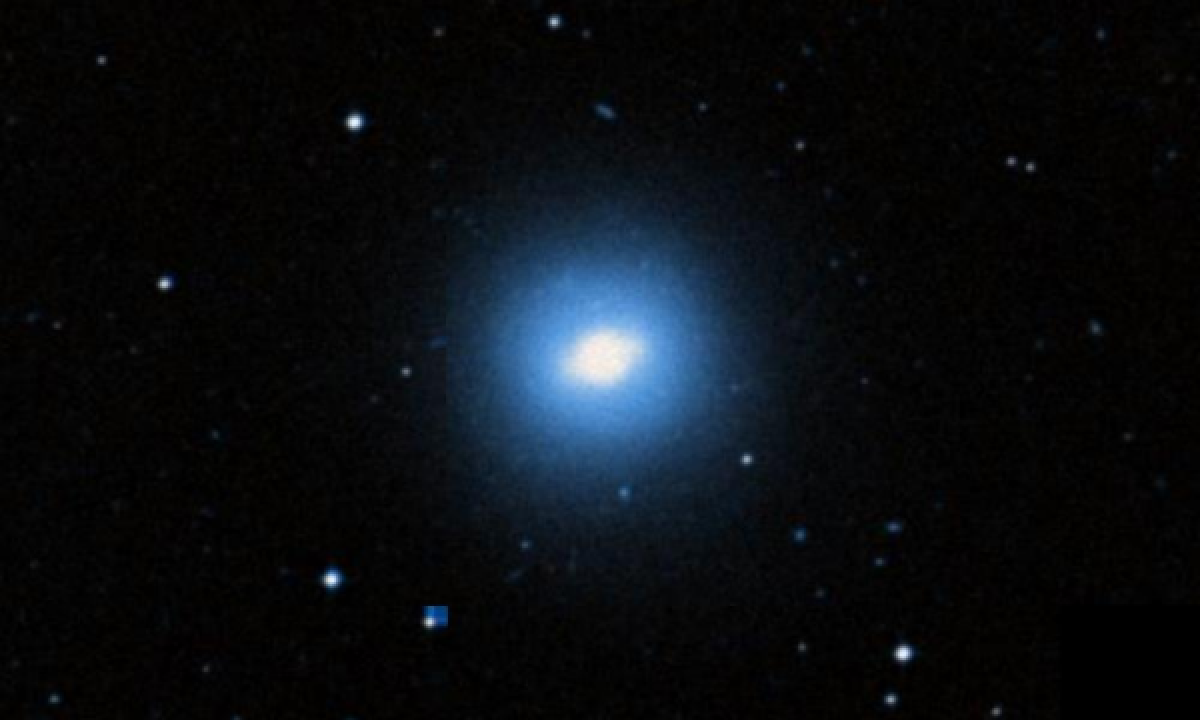The New General Catalogue of Nebulae and Clusters of Stars (abbreviated as NGC) is a catalogue of deep-sky objects compiled by John Louis Emil Dreyer in 1888. The NGC contains 7,840 objects, known as the NGC objects. It is one of the largest comprehensive catalogues, as it includes all types of deep space objects, including galaxies, star clusters, emission nebulae and absorption nebulae.
Know more about NGC
NGC 1387

NGC 1387 is a lenticular galaxy in the constellation Fornax, in the Fornax Cluster. It was discovered by William Herschel on December 25, 1835. At a distance of 53 million light-years, it is one of the closer members of the Fornax Cluster. It has a magnitude of 10.8, which makes NGC 1387 one of the brighter galaxies in the Fornax Cluster and it is 60 000 light-years across. It is only 12 arcminutes from the central galaxy NGC 1399, which makes it one of the closest galaxies to NGC 1399. NGC 1387 is an early-type galaxy with a Hubble classification of (R')SAB(s)0. It has a clear, normal-looking non-ansae type bar embedded in a very extensive envelope, which is structureless except for the bar. Observations in 2006 discovered a large nuclear ring around NGC 1387, in a bulge-subtracted 2.2 micron image. Despite their name, early-type galaxies are much older than spiral galaxies, and mostly comprise old, red-colored stars. Very little star formation occurs in these galaxies; the lack of star formation in elliptical galaxies appears to start at the center and then slowly propagates outward. This is an early-type lenticular galaxy, with similar nature to early-type elliptical galaxies. NGC 1387 is rich with globular clusters, with an estimated number of clusters of 406 ± 81. However, unlike similar galaxies NGC 1374 and NGC 1379, which have an almost equal number of blue and red globular clusters, NGC 1387's globular cluster system is mostly composed of red globular clusters, with only a small fraction of blue globular clusters. This may be caused by gravitational interactions with the massive central galaxy NGC 1399, which probably stripped off most of the globular clusters from NGC 1387. The globular clusters of NGC 1387, like globulars in NGC 1379 and NGC 1374, did not show any evidence of multiple populations.
More Images:

Sources:
Wikipedia Page: NGC 1387
NGC 1387 at In-The-Sky website
